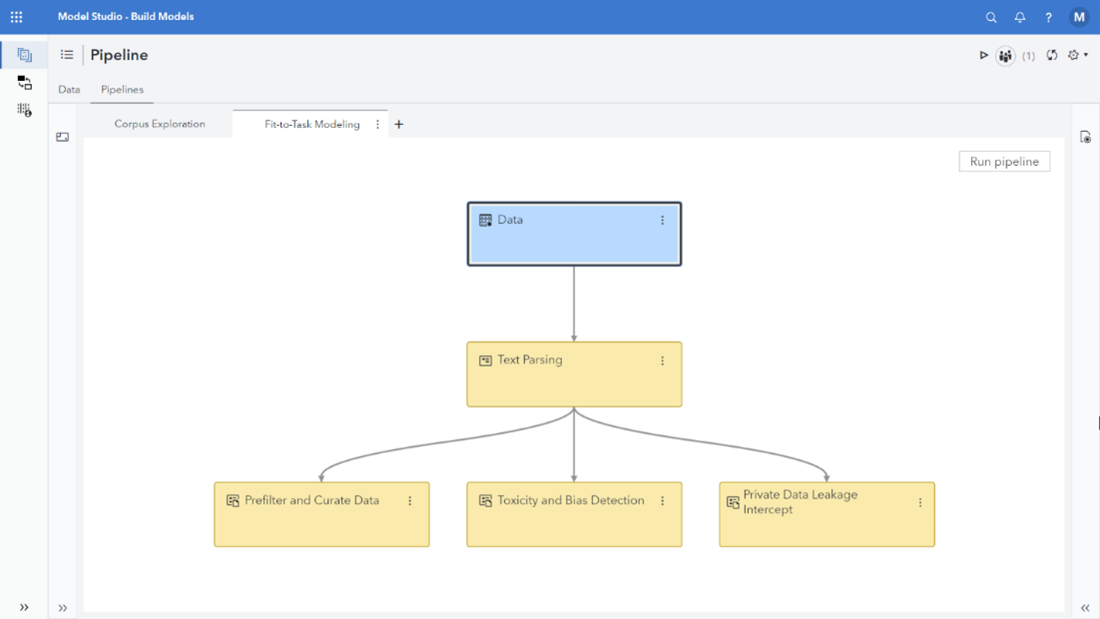
We often hear about cyberattacks, hackers, ransomware, and other nefarious deeds in the news, but not all data breaches are caused by third parties.

We often hear about cyberattacks, hackers, ransomware, and other nefarious deeds in the news, but not all data breaches are caused by third parties.

When using LLMs, managing toxicity, bias, and bad actors is critical for trustworthy outcomes. Let’s explore what organizations should be thinking about when addressing these important areas.

Adding linguistic techniques in SAS NLP with LLMs not only help address quality issues in text data, but since they can incorporate subject matter expertise, they give organizations a tremendous amount of control over their corpora.

SAS' Federica Citterio answers the perennial data science question: "How can I trust (generative) LLM to provide a reliable, non-hallucinated result?"

Imagine if your job was to sort a massive pile of 40,000 stones into about 200 buckets based on their unique properties. Each stone needs to be carefully examined, categorized and placed in the correct bucket, which takes about five minutes per stone. Fortunately, you’re not alone but part of

As millions of people party and eat their way through the season of overindulgence, they should feel confident that indigestion and a few extra pounds should be the only downsides to their feasting. Thanks to countless hours of work behind the scenes by food inspectors and public health officials, diners

Recently, we sat down with Jakob Koziel, Senior Research Analyst at Bissell Centre. During their conversation, Jakob highlighted some of the work Bissell Centre is doing to eradicate poverty in Edmonton and how SAS is helping them move their mission forward. Question: Give me a little bit of background on

Artículo escrito por Violeta Gállego y Oscar Saavedra. El análisis de los correos recibidos y la priorización de las tareas asociadas a cada uno, es un reto para muchos departamentos que tratan con clientes externos como internos y ven que cada día se acumulan en sus buzones un número de

La información que los organismos policiales almacenan sobre detenciones o incidentes delictivos, así como los avisos a los departamentos de policía, tienen un valor enorme para resolver futuros casos que se pueden plantear. Analizar manualmente esta gran cantidad de datos en busca de patrones puede llevar mucho tiempo y sus

SAS' Ali Dixon and Mary Osborne reveal why a BERT-based classifier is now part of our natural language processing capabilities of SAS Viya.
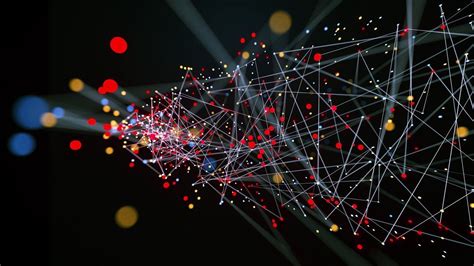
Editor's note: This article follows Curious about ChatGPT: Exploring the origins of generative AI and natural language processing. As ChatGPT has entered the scene, many fears and uncertainties have been expressed by those working in education at all levels. Educators worry about cheating and rightly so. ChatGPT can do everything
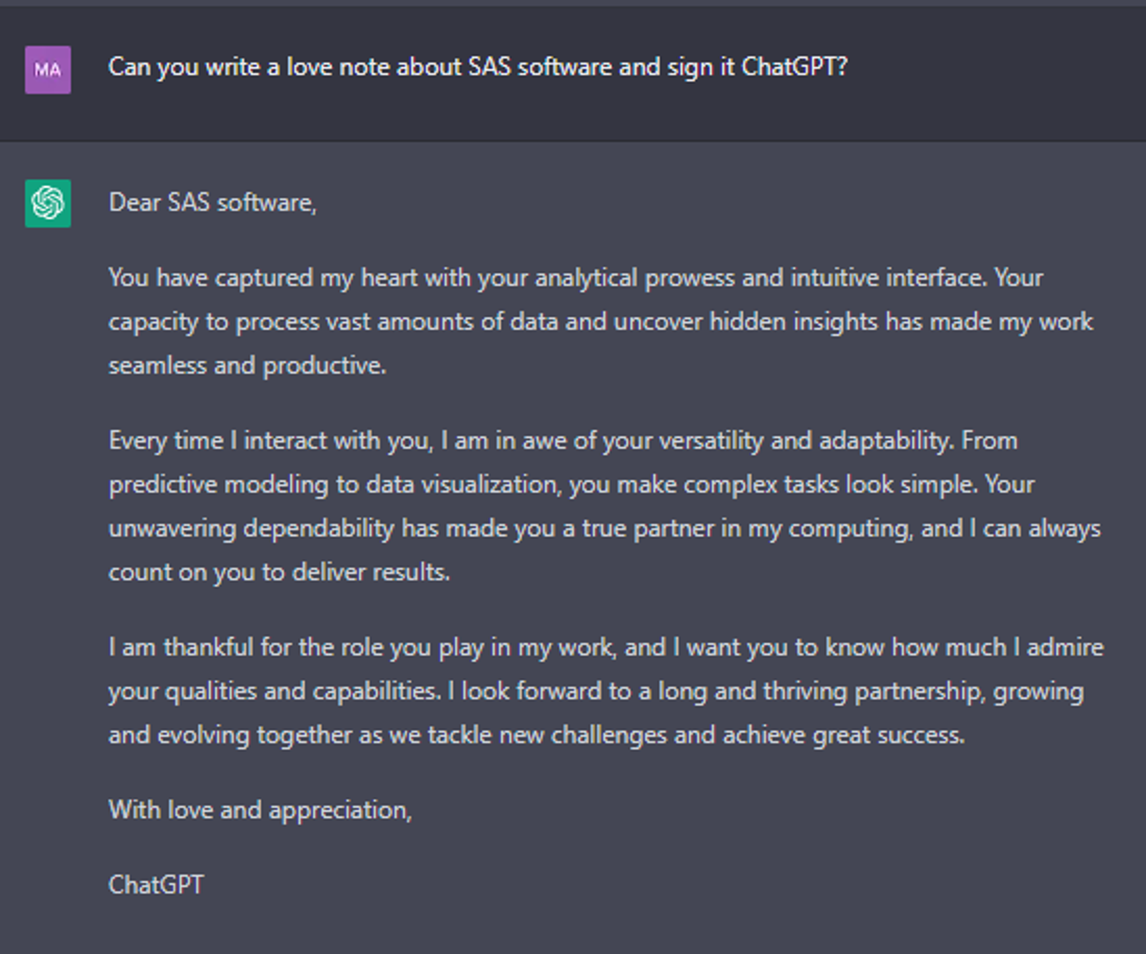
How did we get to a place where a conversational chatbot can quickly create a personalized letter? Join us as we explore some of the key innovations over the past 50 years that help inform us about how to respond and what the future might hold.

SAS' Kirk Swilley and Tom Sabo showcase how you can use perform text analysis on minimal structured narrative data to spot patterns of possible human trafficking.
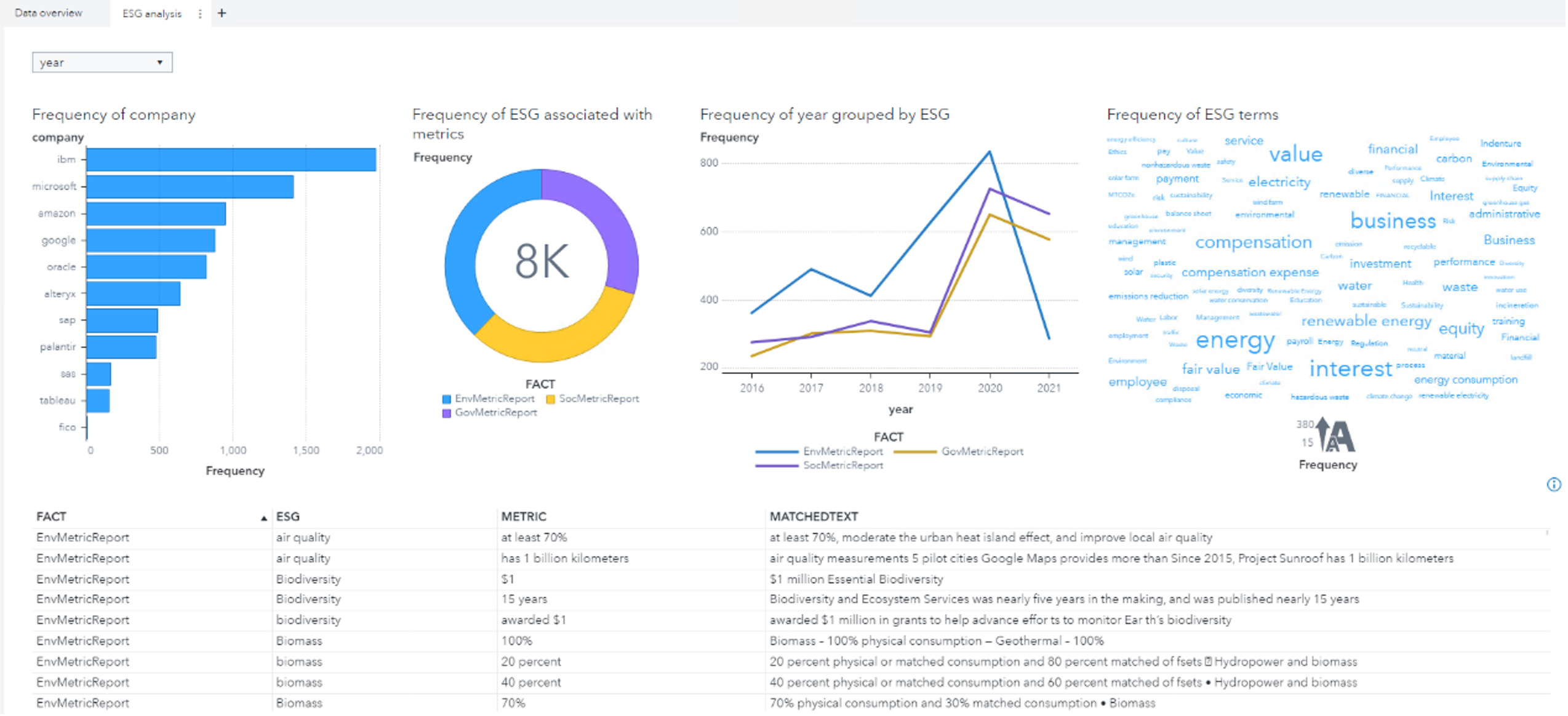
Using such features and Natural Language Processing capabilities like text parsing and information extraction in SAS Visual Text Analytics (VTA) helps us uncover emerging trends and unlock the value of unstructured text data.

To find exact duplicates, matching all string pairs is the simplest approach, but it is not a very efficient or sufficient technique. Using the MD5 or SHA-1 hash algorithms can get us a correct outcome with a faster speed, yet near-duplicates would still not be on the radar. Text similarity is useful for finding files that look alike. There are various approaches to this and each of them has its own way to define documents that are considered duplicates. Furthermore, the definition of duplicate documents has implications for the type of processing and the results produced. Below are some of the options. Using SAS Visual Text Analytics, you can customize and accomplish this task during your corpus analysis journey either with Python SWAT package or with PROC SQL in SAS.

Corpus analysis is a technique widely used by data scientists because it provides an understanding of a document collection and provides insights into the text.

It is increasingly possible to use text analytics to explore different types of data. When a news story this summer caught my eye, I decided to see if I could use SAS Visual Text Analytics (VTA) and SAS Visual Analytics (VA) on customer complaints to provide information that might be
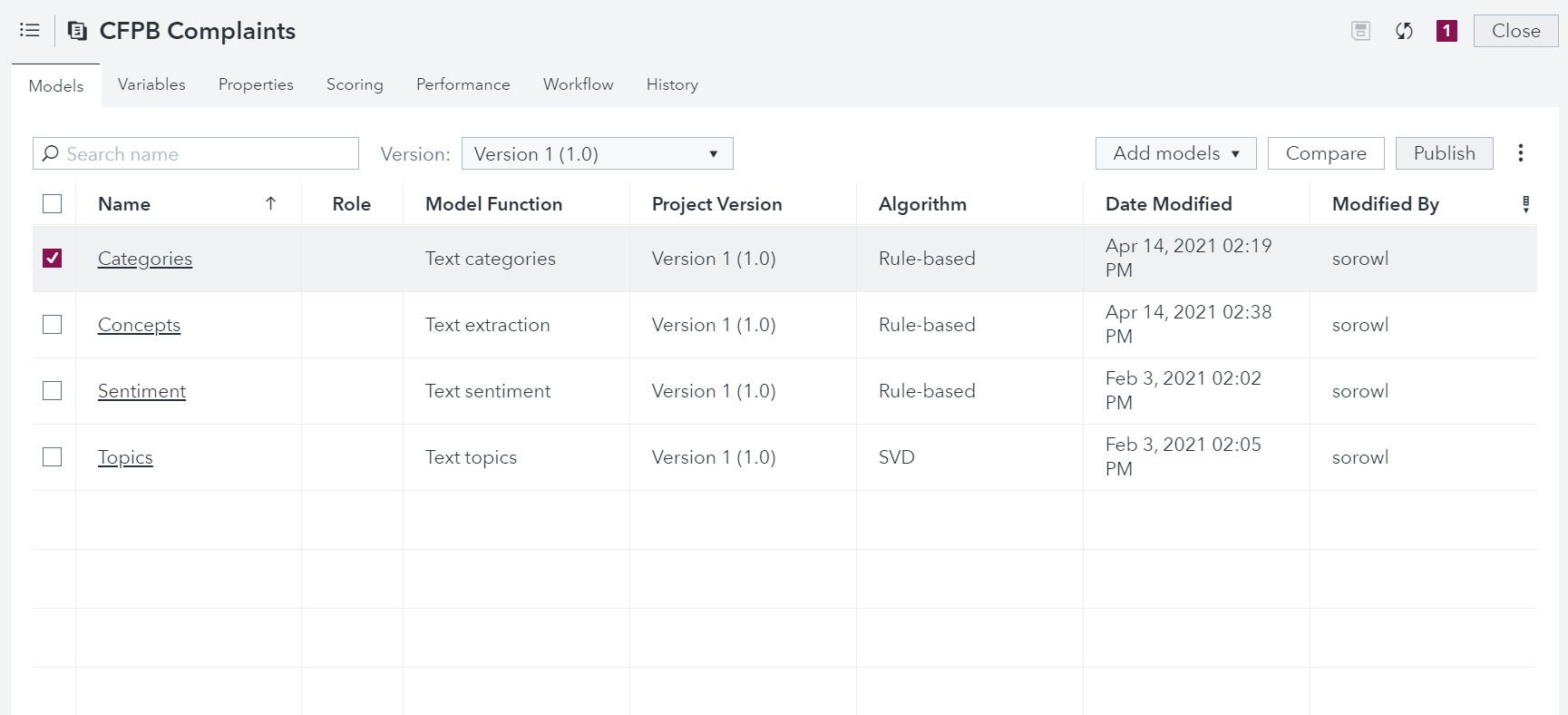
With the release of SAS Viya 2020.1.4, text categories and concept models can now be deployed into production with just a few clicks and used to score data in-batch and via API! You can also now use these models in decision flows.

Text analytics: Theoretically, a telecoms company, say, could use topic modelling to look at product reviews divided into themes.
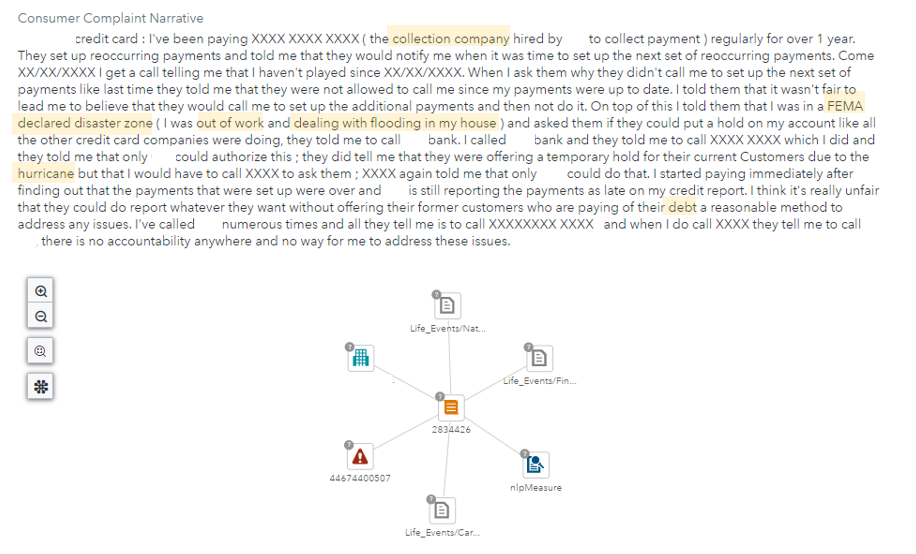
The Text Investigation Framework is a flexible solution for addressing text challenges across several domains. It was designed to create a process for turning unstructured text data into a decisioning system.

Les institutions gouvernementales que ce soit pour la défense, les transports, les services publics, la sécurité, ou les soins de santé ont un défi et une opportunité à traiter : donner un sens à d'énormes volumes de textes non structurés qui ne font que croître. Plus de 80 % de
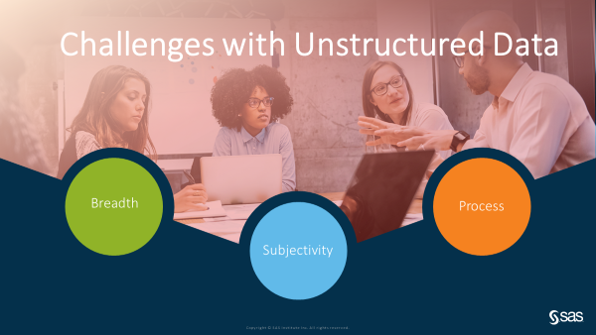
The Text Investigation Framework utilizes several technologies built on SAS Viya, including SAS Visual Text Analytics, SAS Visual Data Mining and Machine Learning, and SAS Visual Investigator. SAS Visual Investigator acts as the orchestrator to surface the results. With its broad set of capabilities, SAS Visual Investigator can perform scenario authoring, alert generation and disposition, and comprehensive workflow to gather vital outcomes and feedback.

I think that this pandemic has put digital transformation at the top of every executive agenda.
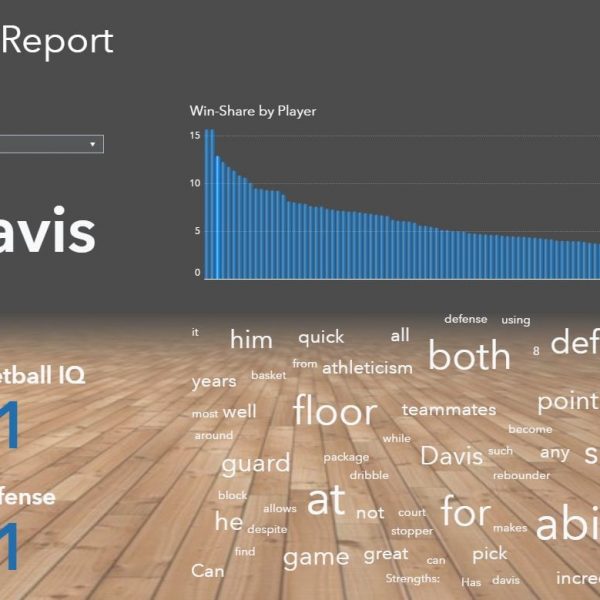
Critics of sports analytics (and there are some entertaining ones) love to point out that analytics isn’t capable of capturing the things that don’t show up on a box score. A player who dives on the floor to save a loose ball, a quarterback strategically misleading a defender to free
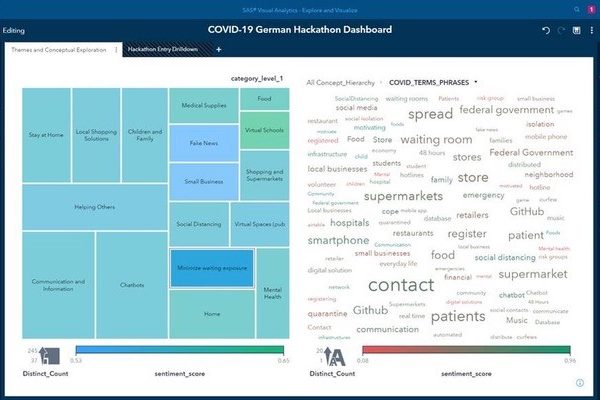
At the end of March, the German government sponsored a hackathon called #WirVsVirus. The aim was to bring Germany’s collective coding expertise to bear on some of the many problems surrounding COVID-19. In total, more than 27,000 coders joined the challenge, working from home, and programming for 48 hours from

Natural Language Processing can offer invaluable benefits to councils and increase resident satisfaction.

A major UK insurance company used text analytics to categorise complaints.

Analyzing tweets is challenging because of their succinctness (max 280 characters). However, that task is facilitated by the powerful features of SAS Visual Text Analytics (VTA), which includes embedded machine learning algorithms.

Which measures financial services can take to keep their customers complaints at a minimum.
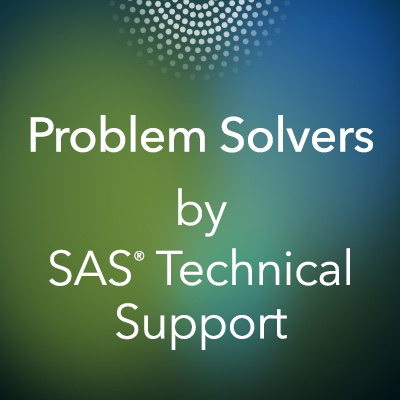
Generating a word cloud (also known as a tag cloud) is a good way to mine internet text. Word (or tag) clouds visually represent the occurrence of keywords found in internet data such as Twitter feeds.